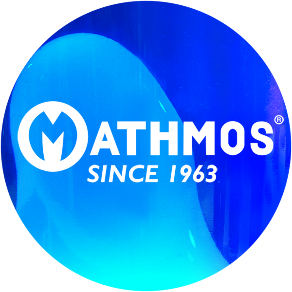Mathmos in Poole
Posted on March 9th, 2020 by Mathmos
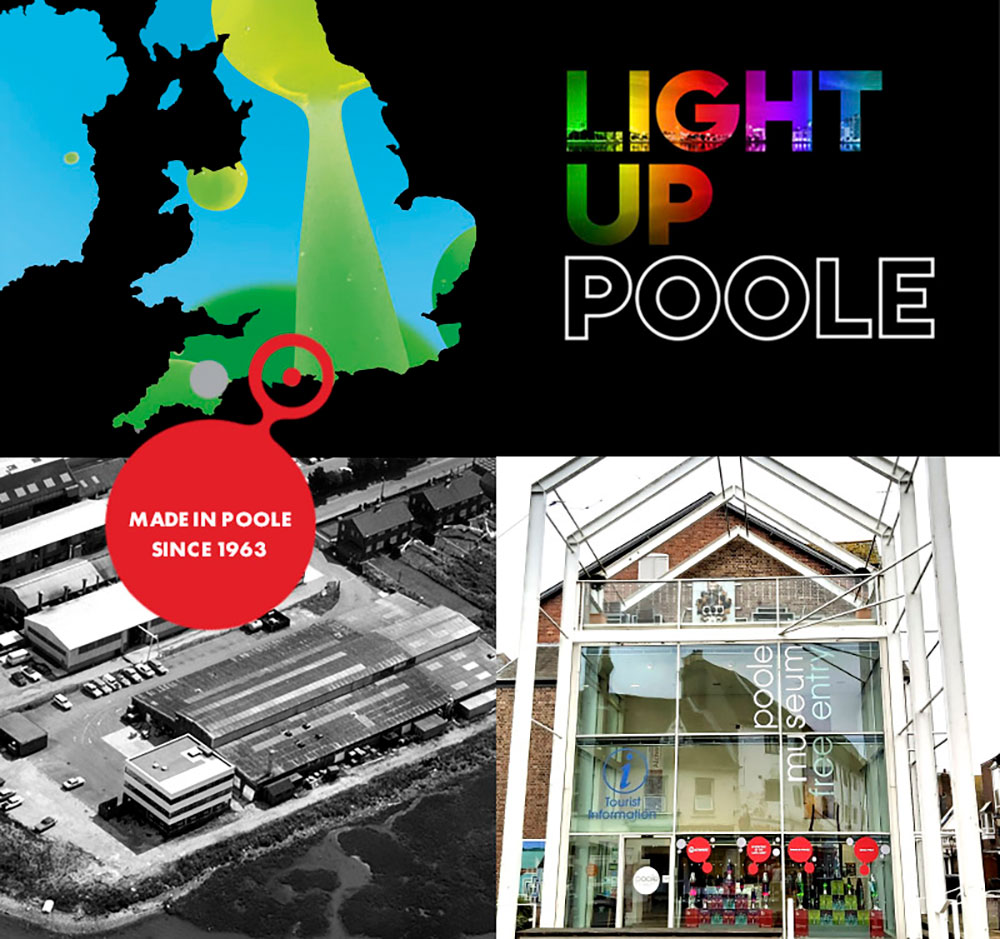
We are currently in the window of the museum in Poole for the local light festival. Poole is home to Mathmos and has been since our invention of the lava lamp in 1963.

Watch our Video
Amongst other activities we made a video for the museum and for the Light Up Poole digital light art festival. The video runs through our 56 years in Poole. Watch video here
Early Days of the Astro Lava Lamp
by Christine, former wife and business partner of inventor and founder of Mathmos Edward Craven Walker (ECW)
“Edward Craven Walker (E.C.W.) saw a primitive form of a lava lamp used as an egg timer in The Queens Head pub in the New Forest, near Poole. He was captivated by the movement of the liquids and set out to develop the idea into a workable light.
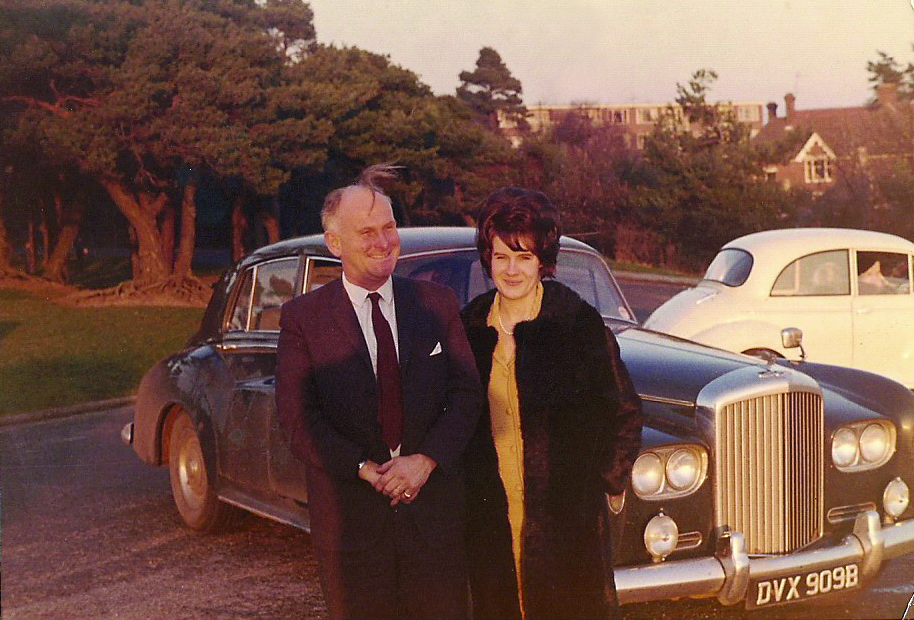
He worked hard and eventually developed an interesting and fascinating form of lava movement. The company was then formed in September 1963, a small workshop unit was set up in Poole and manufacture started with just a few members of staff. The first patent was filed by the company in 1964 under the name of Dave Smith, a member of the team working under E.C.W. for a short time, developing an early method of sealing the bottles.
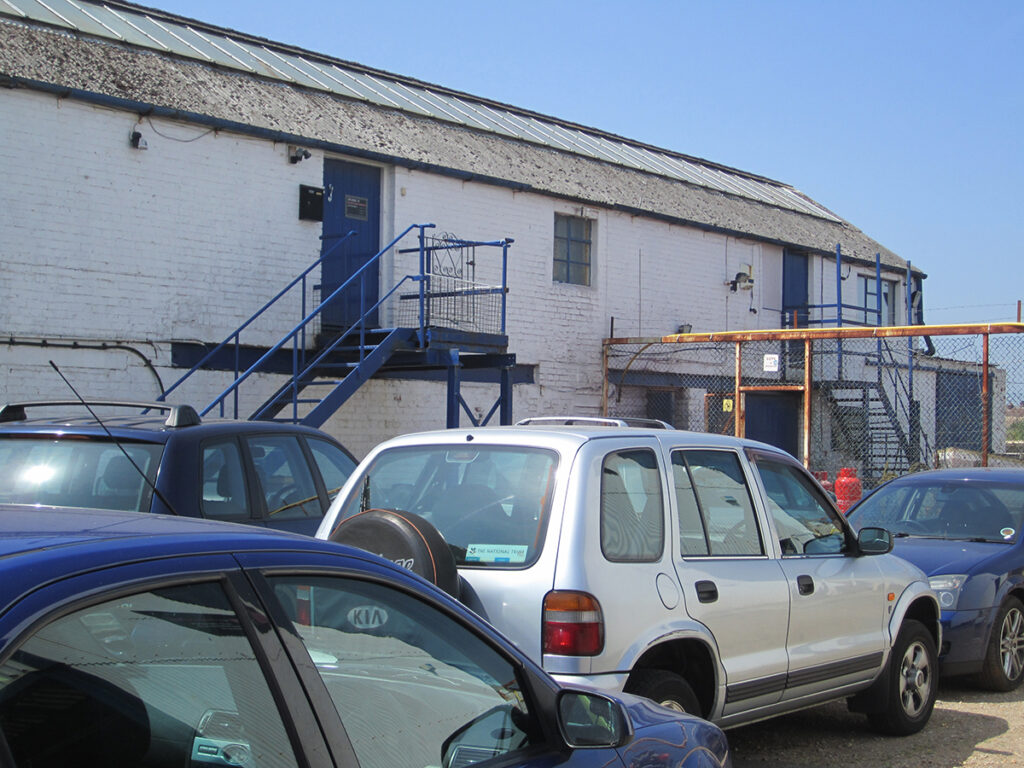
The first Astro lamps manufactured ruined when moved about by carrier and could only be delivered by our own transport. So we acquired an old Post Office van, which we called “Smokey” because it was grey and yes, it smoked! Nevertheless, it was driven to shops all over the country to deliver the precious cargo.
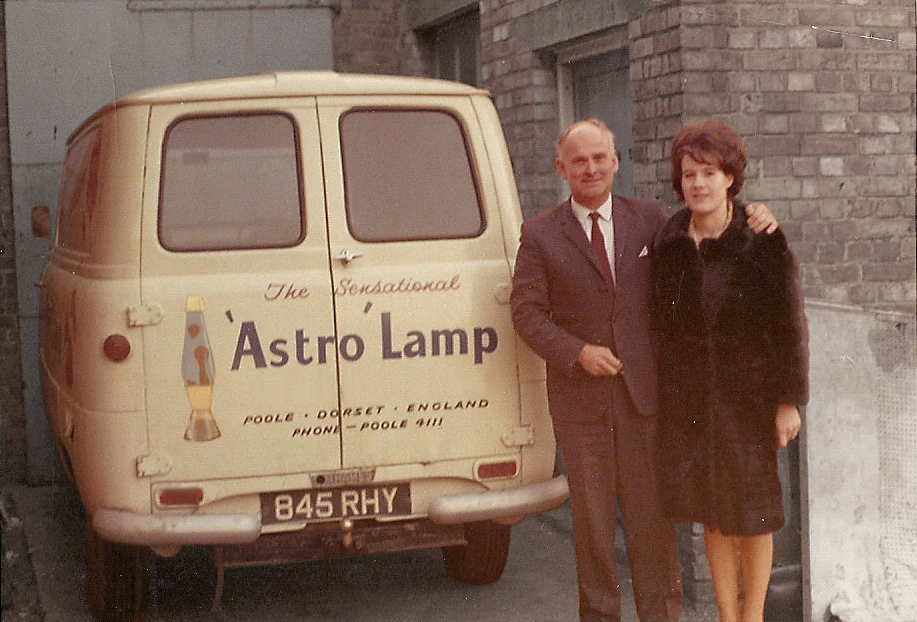
As demand grew it became urgent to produce a lamp where the waxy component became a solid when cold so that the lamps did not ruin when moved. This had to be done in secret as there was a lot of intrigue and suspicion around at the time! We spent hundreds of hours finding and getting hold of different chemicals with which to experiment. We had some of the chemicals delivered to other addresses so that the people at the factory did not know what they were. Or we transferred the chemicals to plain sacks for the same reason. Much of the testing was done in the workshop out of hours and at home. We had a testbed set up in one of the rooms at home and spent many, many hours watching, timing and comparing different shapes with different chemical combinations.

E.C.W. was determined to find a solution and eventually we found the right formulation. For a period, he would make up part of the formula without telling anybody what it was. Also, during this time, we found a glass manufacturer who would make bottles with screw tops to overcome the problem of sealing. In 1966 we filed more patents, employed more people, started doing trade shows, met partners in the US and Japan and took over more workshops in the boatyard in Poole – things really started to take off …”
Archives
- November 2023
- October 2023
- August 2023
- July 2023
- June 2023
- February 2023
- October 2022
- September 2022
- August 2022
- June 2022
- May 2022
- February 2022
- January 2022
- December 2021
- November 2021
- October 2021
- September 2021
- August 2021
- July 2021
- May 2021
- February 2021
- January 2021
- December 2020
- November 2020
- October 2020
- September 2020
- August 2020
- June 2020
- May 2020
- April 2020
- March 2020
- November 2019
- October 2019
- September 2019
- July 2019
- June 2019
- May 2019
- February 2019
- January 2019
- December 2018
- November 2018
- October 2018
- September 2018
- July 2018






























